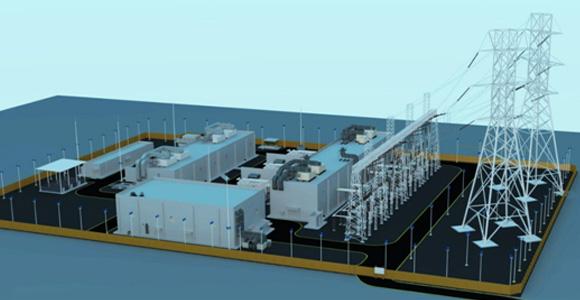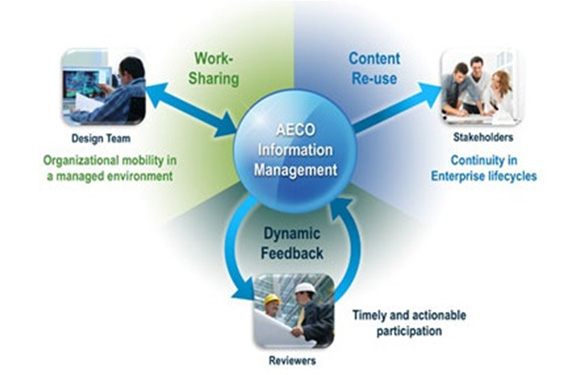
DAR Engineering adopts Substation 3D drafting on an integrated DMS system to addresses power industry challenges by accelerating substation design. Substation 3D drafting uniquely leverages an intelligent information model to provide integrated 3D physical and electrical systems design. The result is fewer errors, less rework, and a dramatic reduction in manual drafting. And most importantly easy visualization of substation components at all levels. This greatly helps DAR to add its share of contribution by expediting delivery time with quality to achieve Kingdom’s target of drastic and massive infrastructure development in shortest possible time.
The main objectives for implementation of 3D design are improvement in quality of the deliverables as well as improvement in design efficiency. Further 3D model is used as base to develop 5D model that includes construction time schedule and cost estimation.
With 3D design, we configure substation as digital model of actual substation by using different components of the substation. This digital model is being used to generate 2D drawings, bills of materials (BOM’s), construction time schedule and costing together swiftly and automatically.
All the substation elements are first drafted as a 3D block and added to an ever growing library of Substation elements(parts). Every object is linked to a parts database and each object possess the properties of the equipment they represent and enabling the automatic and accurate generation of the bill of material and other documents.
As the model is completed, the required 2D drawings in line with the client requirement are generated automatically. Using the collaborative environment (Bentley Project wise), all drawings are associated with the intelligent model, allowing changes in one drawing to be automatically propagated across disciplines and related drawings, which results in a better interdisciplinary coordination and error free output.
3D with its ability to visualize assemblies and communicate the design intent enhances the design process and helps to support better decision at right time. We will have more time to explore ‘what if’ scenarios. This helps us to see how choices might impact constructability or long-term maintenance.
Having a digital prototype of a substation developed, a complete walk through in the project is possible to find options that contrib¬ute to better real-world performance.
DMS and Collaboration Technique
Our distributed project team work together using state of art Collaboration System deployed on high-bandwidth network that allows real-time communication and tracking of every comment/change at a very minute level. The system is configured to our QMS workflow which enables us to track and close each comment. The system allows work-sharing, content re-use and dynamic feedback and real-time reports on progress which results in the best utilization of resources to meet the project schedule and budget.

